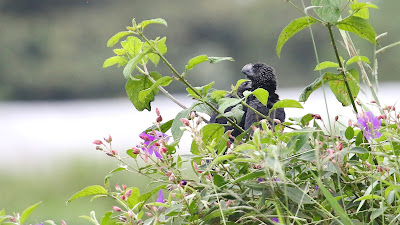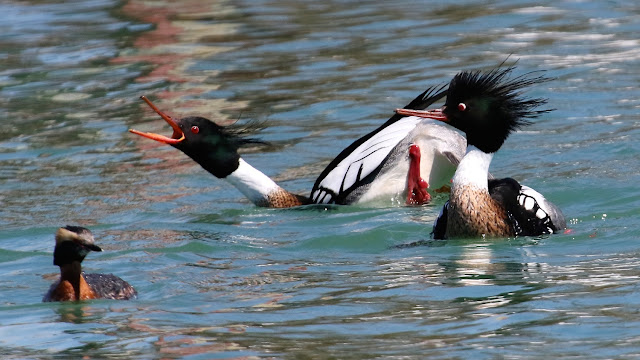Golden tanagers

The field guide for the birds of Ecuador lists 138 species of tanager. The cover all the colours of the rainbow and a few new ones that I've never heard of before. Tangara arthus The Golden Tanager (Tangara arthus) is endemic to South America. As the name suggests, it is a brilliant golden yellow color. The details of the coloration vary geographically, and no fewer than nine subspecies are recognized. source - Cornell Lab of Ornithology.




